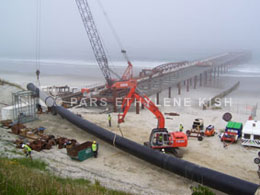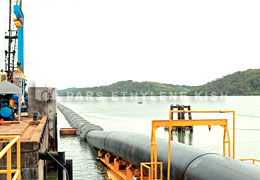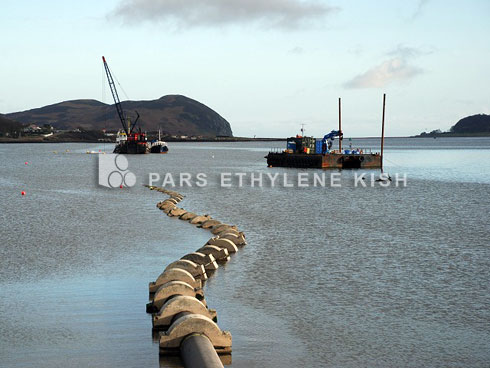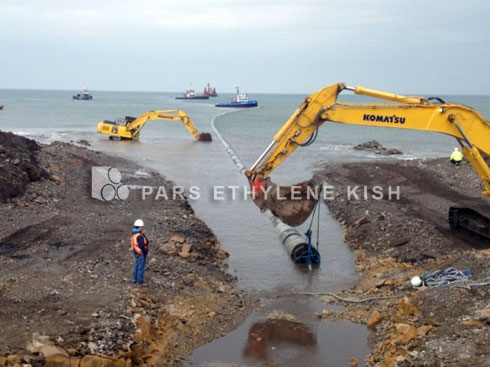wastewater treatment wtih HDPE Sewer pipe along
The wastewater generated in Kaarina, Finland will in the future be carried to a new treatment plant in Turku in a pipeline most of which lies on the seabed. Powerman Oy, a Turku-based civil engineering company, is responsible for installing a ten-kilometre stretch of the line, which is made of DN /OD 800 mm pipes.
Upgradings and renovations of wastewater management systems help to keep civil engineering contractors busy, and demanding municipal engineering work is also an important source of work for Powerman Oy.
The company, which was established in 1990, is an expert in both new construction and the renovation of old structures. It does most of its work in the provinces of Western and Southern Finland but is also involved in special contracts in other parts of the country.
Powerman specializes in different types of foundation work, hydraulic engineering, and building and concrete work at industrial facilities.
The company has also participated in a large number of projects involving waterworks and wastewater treatment plants.
“Municipal engineering accounts for a large share of our turnover. Slightly more than half of the contracts are for municipalities, towns and cities. The Helsinki Metropolitan Area has kept us busy and in that region we use outside subcontractors as often as possible,” explains Altti Lehto, managing director of Powerman Oy.
The customers of the company, which has a turnover of between EUR 12 and 14 million, also include regional environment centres, industrial firms, housing companies, construction businesses and private homeowners. Powerman has 50 employees, but subcontractors push the numbers working at its sites to about one hundred.
“In principle, the installation of the sewer in Kaarina is a routine thing for us. The fact that the pipes have a large diameter means, however, that those doing the installation must be particularly skilled. When the work involves large pipes, everything from welding to weighting is more difficult. A large size makes the work more challenging,” says Lehto.
Offshore work all winter
The work, which started last year, is part of the project by the municipality of Kaarina to improve its wastewater management systems.
The wastewater generated by the City of Kaarina is still treated at a municipality-owned precipitation plant at Rauvola using a biological and chemical treatment process. The facility will, however, be closed down when the transfer line is ready, and in the future, the wastewater will be treated at a new plant in Turku operated by Turun Seudun Puhdistamo Oy.
“We are installing two 800 mm pipes side by side. The work has also been challenging in terms of timetables. Nowadays, contracts have little leeway in terms of time,” explains Altti Lehto.
On the positive side, Lehto points out that mild winter weather has helped to speed up the process. As about six kilometres of the pipeline is on the seabed, lack of ice cover off Turku made the work easier.
“In fact, we could almost have done the whole job in one go. Normally, the laying of pipes on the bottom of the sea must be suspended for the coldest period. Now, however, the ice cover was so thin that the work could proceed without interruption. The work will probably be completed ahead of schedule,” explains Lehto.
150 per cent weighting
The submerged section is between Kaarina’s old wastewater treatment plant at Pitkäsalmi and a point near the Heikkilä barracks in Turku.The butt-welded transfer pipe was weighted using concrete. The welding work was a joint effort by welders of KWH Pipe and Powerman.
“The weighting is 150 per cent. The pipe will remain at the bottom even if it’s empty,” promises Lehto.
The laying of the pipe on the seabed has involved excavators, two redgers, two tugboats, two divers and a large number of skilled workers. At Hirvensalo the pipeline had to be laid under a district heating trunk line and a water pipe. The installation team carried out exact measurements so that it could locate the two pipelines.
“Naturally, the drawings on these new pipelines are much more detailed than those made onold pipes,” says Lehto.
source : kwhpipe

